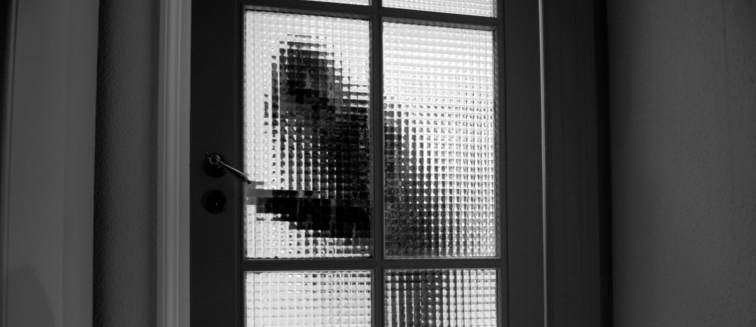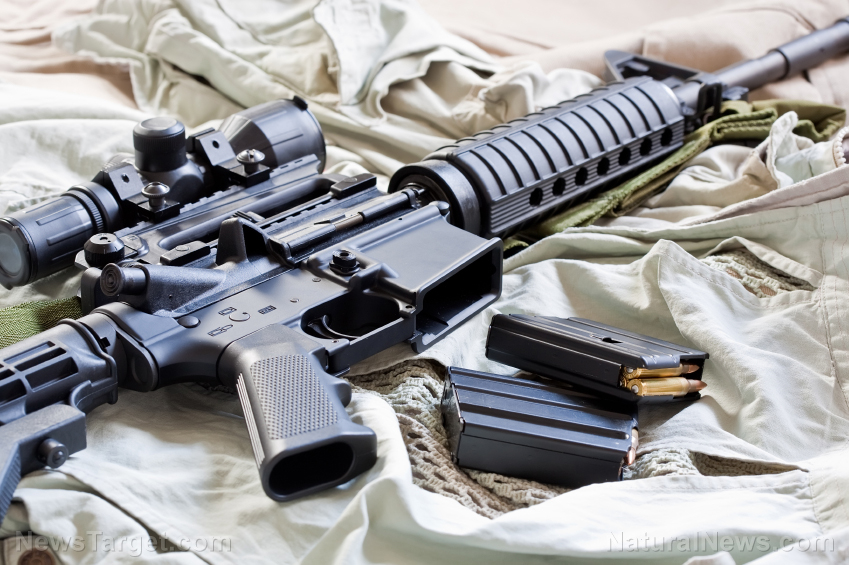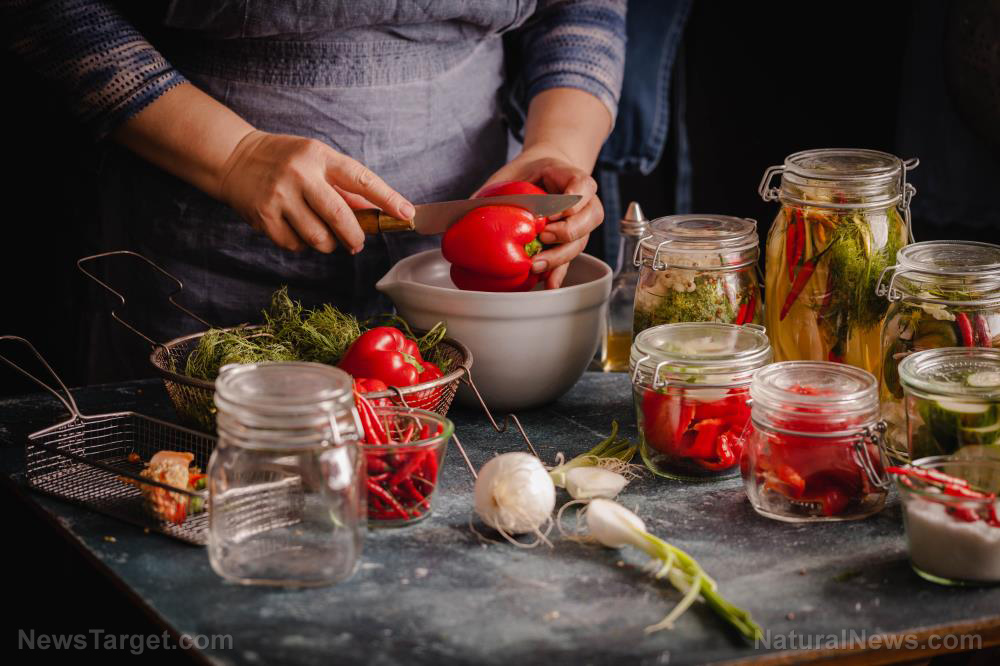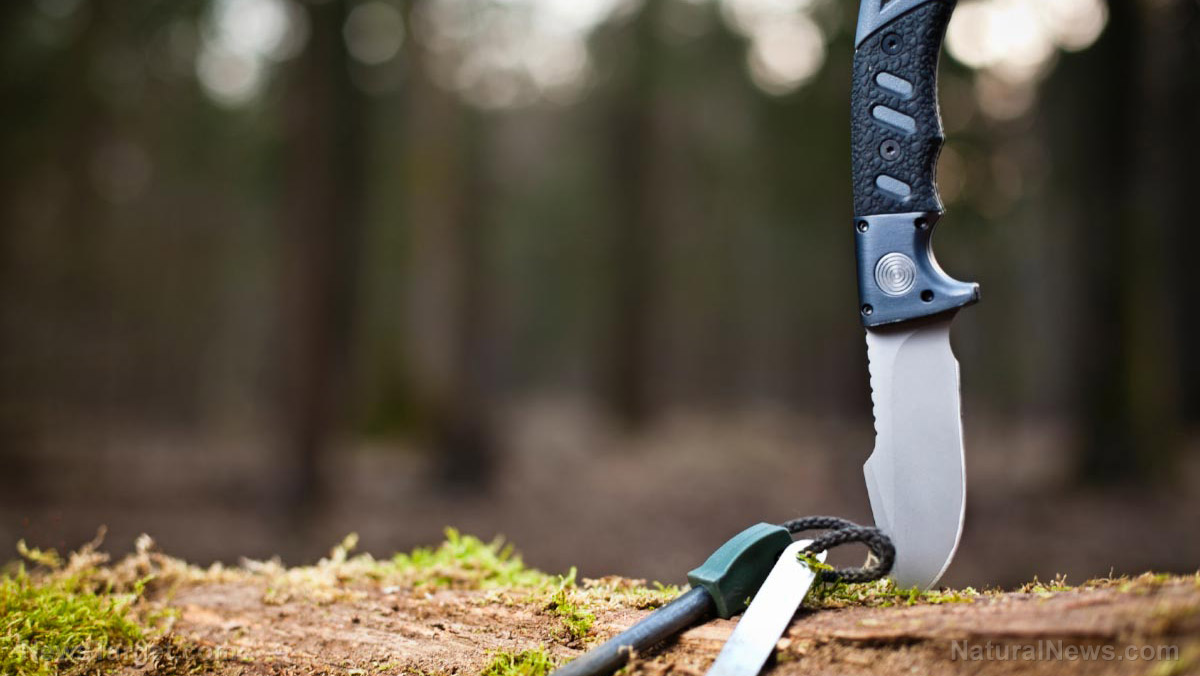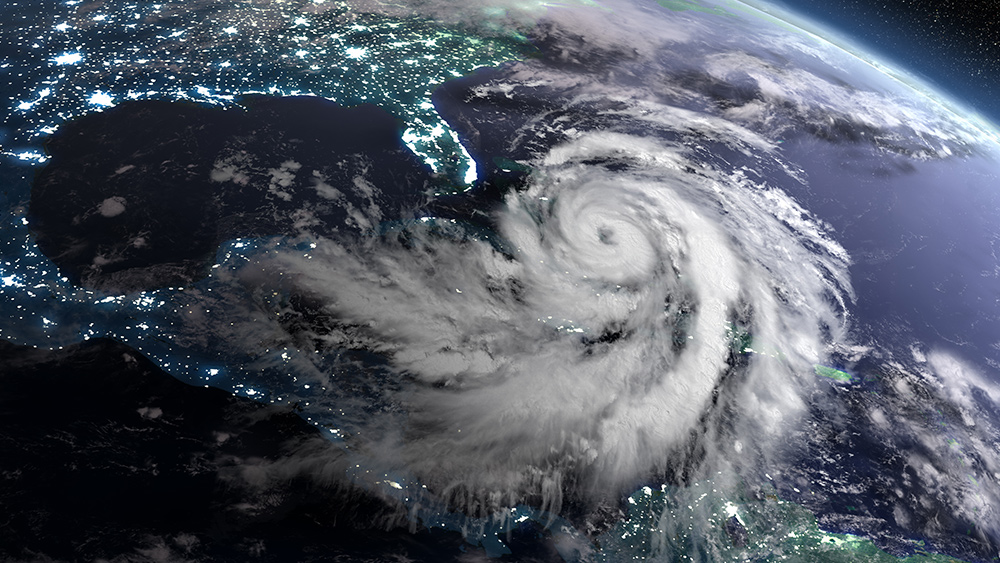Prepping your farm for when SHTF
10/12/2018 / By Jhoanna Robinson
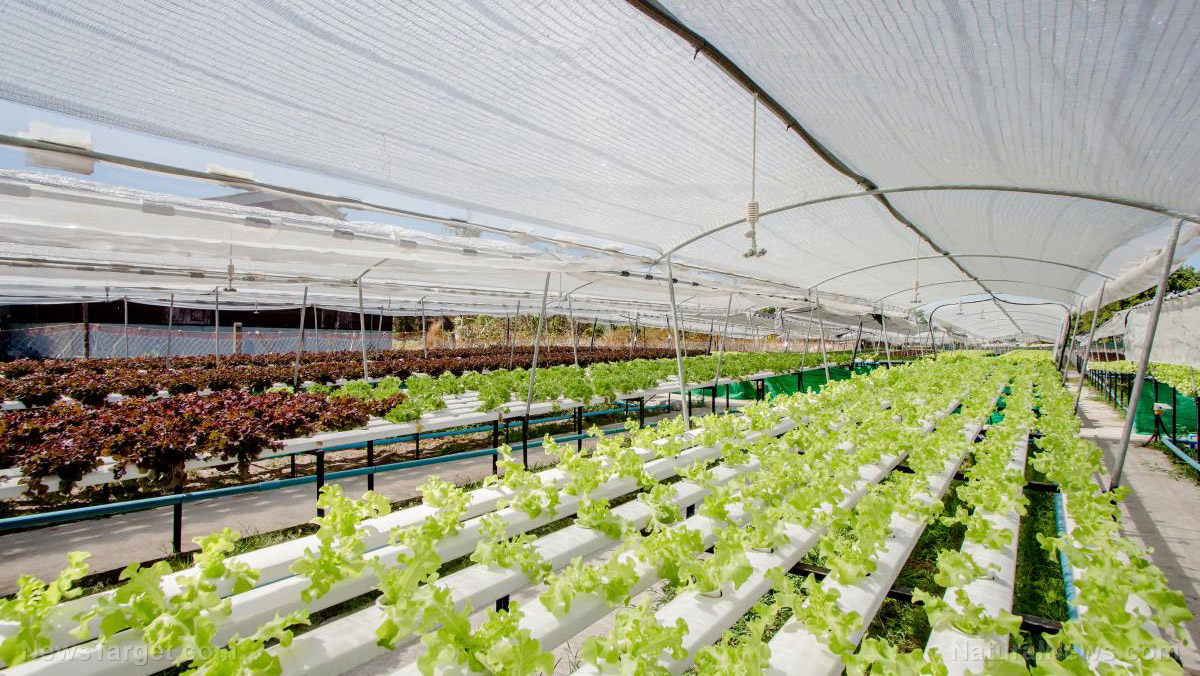
While it is true that owning a farm may increase your chances of surviving an end-of-the-world scenario, the farm still needs to be optimized.
Here are some factors you might want to consider in prepping your farm for when SHTF: (h/t to SurvivorSullivan.com)
- Space – There is not a single standard or highly recommended measurement for farm space. You will need to find the right balance among the space requirement for crops, the storage of crops, and the living area of the animals that you would keep. Aside from that, you have to allot space for security perimeters. The lowest estimate is two acres of land but the estimate can go up to 200 acres. We advise you to allot around 375 square feet (sq. ft.) of land for your solar panels; at least 76,666 sq. ft. for fruits and vegetables to meet your caloric requirements all-year round; 12,012 sq. ft. for your wheat requirement, as the average person eats 1.5 pounds of wheat in a week; and more than 600 sq. ft. for the breeding of pigs, as one piglet needs at least 9 sq. ft. (Related: 10 loans or grants you can use to build your prepper dream retreat with little or NO money down.)
- Security – Security and food vie for the top spot in any prepping guide. Invest in reliable locks (ones that are not susceptible to “bumping”) or reinforced doors and windows and keep your farm filled with guns (rifles and handguns) and ammunition and vehicles hidden in strategic places. Do not buy ammunition from a single store so that your ammo cannot be traced back to you, and keep them away from wires, metal pipes, or anything that can conduct electricity. You might also consider keeping dogs to guard your property such as the bull mastiff, the rottweiler, the German shepherd, or the Doberman. One pro-tip: Do not advertise that you are a prepper, otherwise when SHTF, people will flock to your farm because they know there’s a stockroom there filled with food.
- Fencing – You might need to install fencing around your farm to keep your animals in and intruders out. It also makes your property look intimidating and makes it hard for people to get near your property. Cows only need a few strands of electric wire to keep them inside; poultry and sheep can be contained with “electric netting,” a plastic mesh with electrified wires. Electric fencing needs a charger that can be connected to electric power, run by solar panel, or powered by batteries. A razor wire is also a good alternative to electric fencing. Natural barriers such as thorny trees and bushes around your property will also work to ward off intruders, especially predators that might attack your animals. Some of the best plants for a natural barrier include poison ivy, oak, poison sumac, cacti, among others.
For more stories on how to prepare during a life-altering situation brought about by natural calamities and man-made occurrences, visit Preparedness.news.
Sources include:
Tagged Under: ammunition, animals, Collapse, crops, disaster, farm, fencing, guns, Homestead, homesteading, locks, preparedness, prepper, prepping, razor wire, retreat, security, self-defense, SHTF, solar panels, survival, survivalist





